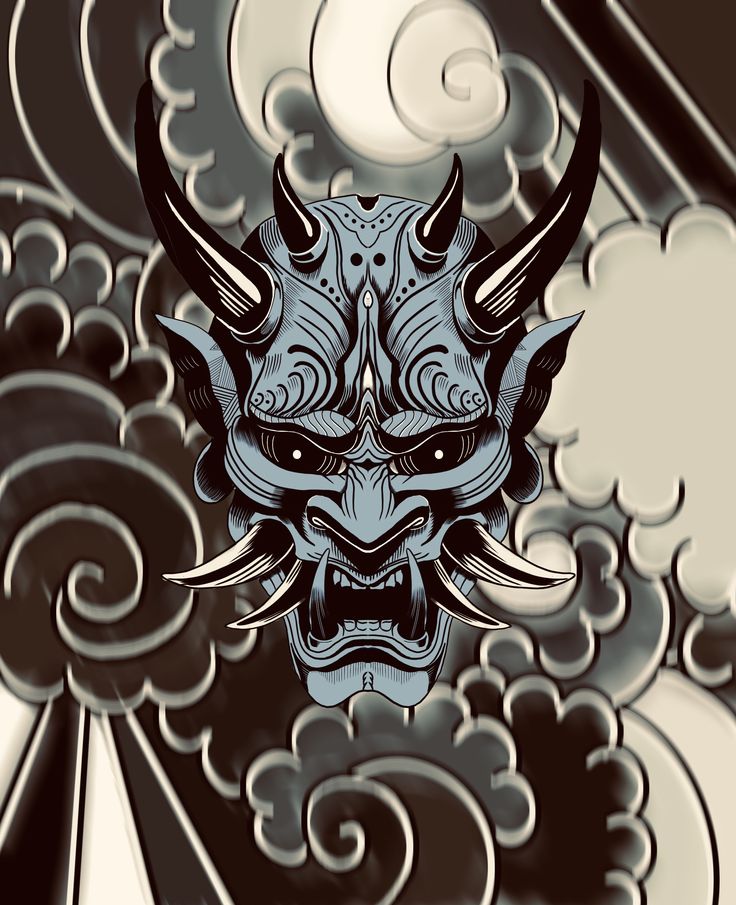
The meaning of the Oni Mask
Share
The meaning of the Oni Mask
The Oni mask is often associated with evil spirits, punishment, and disorder, but they can also serve as symbols of strength, protection, or transformation. In some cases, Oni are believed to chase away evil spirits, particularly during the Setsubun festival, where people throw beans to drive away Oni and bring good fortune.
Artistic Significance
Oni masks are an important aspect of Japanese art and craftsmanship. The intricate design and meticulous carving required to create a traditional Oni mask reflect Japan's long-standing commitment to artistic excellence. These masks are often made from wood, lacquer, or papier-mâché and are hand-painted with bright, bold colors to evoke strength, fear, or power. As objects of cultural heritage, Oni masks are often displayed in temples, shrines, and festivals, showcasing the skill and creativity of Japanese artisans.

Flowers of death floor mat - Our Oni mask mat features a striking design that captures the essence of traditional Japanese culture and the deep symbolism behind the Oni mask. With its bold, expressive features—sharp fangs, fierce eyes, and vibrant colour—the mat embodies the powerful spirit of the Oni, representing both strength and protection. The intricate details and dramatic design are inspired by centuries of folklore, where Oni masks serve as guardians against evil spirits and bringers of fortune. This mat is not only a functional piece but a tribute to the rich cultural heritage of Japan, infusing your space with a sense of mysticism, power, and timeless tradition.
Japanese Arts
Japanese art is a rich and diverse tradition that spans centuries, blending beauty, symbolism, and spirituality. It encompasses a wide range of forms, from ancient calligraphy and ink painting to the intricate designs of woodblock prints and ceramics. Often influenced by nature, Buddhism, and Shinto beliefs, Japanese art emphasizes simplicity, harmony, and the transient nature of life. Whether through the delicate strokes of Sumi-e (ink painting), the vibrant colors of Ukiyo-e (woodblock prints), or the serene elegance of Ikebana (flower arranging), Japanese art reflects a deep connection to the natural world and the pursuit of inner peace.
